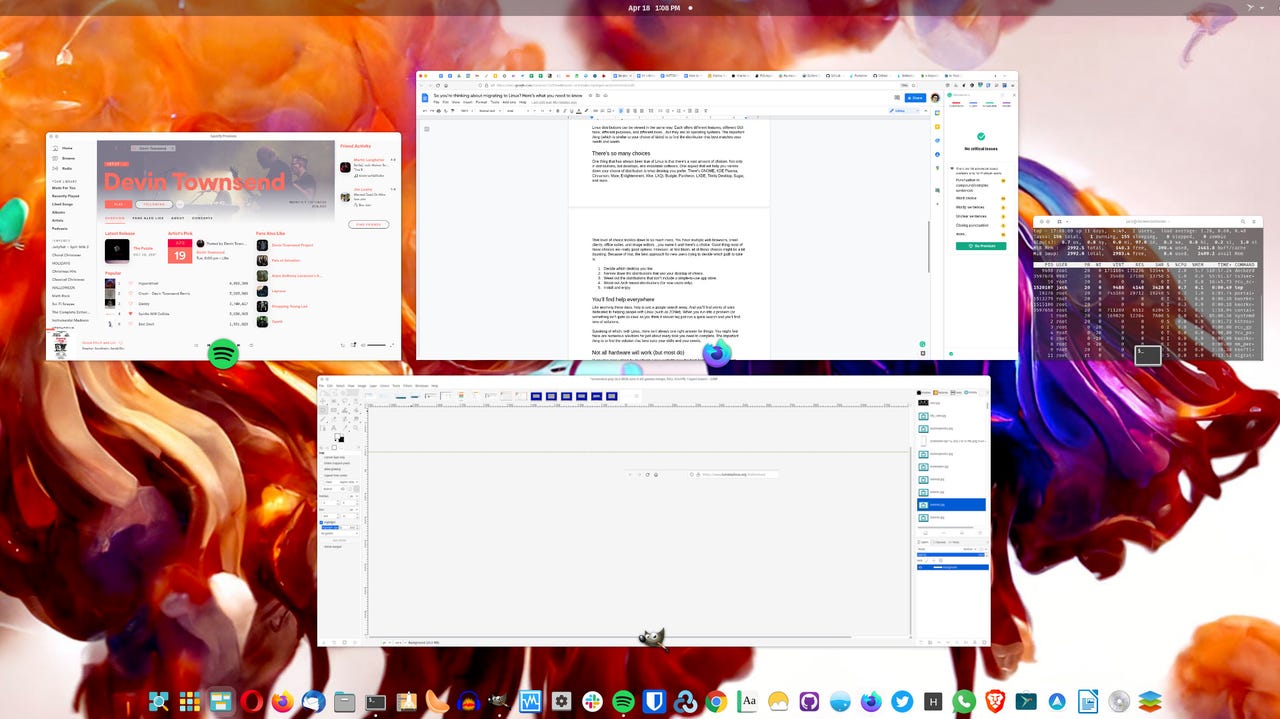'ZDNET Recommends': What exactly does it mean?
ZDNET's recommendations are based on many hours of testing, research, and comparison shopping. We gather data from the best available sources, including vendor and retailer listings as well as other relevant and independent reviews sites. And we pore over customer reviews to find out what matters to real people who already own and use the products and services we’re assessing.
When you click through from our site to a retailer and buy a product or service, we may earn affiliate commissions. This helps support our work, but does not affect what we cover or how, and it does not affect the price you pay. Neither ZDNET nor the author are compensated for these independent reviews. Indeed, we follow strict guidelines that ensure our editorial content is never influenced by advertisers.
ZDNET's editorial team writes on behalf of you, our reader. Our goal is to deliver the most accurate information and the most knowledgeable advice possible in order to help you make smarter buying decisions on tech gear and a wide array of products and services. Our editors thoroughly review and fact-check every article to ensure that our content meets the highest standards. If we have made an error or published misleading information, we will correct or clarify the article. If you see inaccuracies in our content, please report the mistake via this form.
How to run websites as apps in Linux with any browser


There are certain websites I prefer to open as web apps. What does that mean? Simply put, when a site is run as a web app, it will run in its own window (minus all of the web browser accoutrements, such as tabs, menus, and the like) and can be launched directly from your desktop menu.
That might sound familiar to anyone who's used the Chrome browser, as you can create a Shortcut to a site and have it open as its own window (Menu > More Tools > Create shortcut). Other browsers, such as Firefox, don't include such a feature.
Also: Linux 6.5 kernel arrives with exciting new features
Because of that, you have to turn to a third-party piece of software that is capable of creating a web app out of any site with any browser. In Linux, that app is called Webapp Manager. This application is one of the many installed on Linux Mint, but can also be added to any Ubuntu-based distribution.
Let's get Webapp Manager installed and see how easy it is to create a web app from a site.
How to run websites as apps in Linux
What you'll need: The only thing you'll need for this is a running instance of a Ubuntu-based Linux distribution and a user with sudo privileges. That's it, let's make some desktop magic.
1. Download the DEB file
Open your web browser and point it to the Webapp Manager download page and download the DEB version of the latest release (as of this writing that is 1.2.5).
2. Install Webapp Manager
Open a terminal window and install Webapp Manager with the command:
sudo dpkg ~/Downloads/webapp_manager*.deb
Create your first web app
3. Open the app
Once the application is installed, you can find it listed as Web Apps in your desktop menu. Open it to reveal the very minimal application.
The Webapp Manager UI is very basic and simple.
4. Create the app
Click + (the plus sign) and then, in the resulting window, fill out the necessary details for the app. You'll want to give the app a name, which will show in your desktop menu; add the URL for the website; select the browser you want to use from those you've installed on your system; and click OK.
For example, say you want to create an app for Trello. For that you would type Trello for the name, https://www.trello.com for the Address, and Web as the category, then select the browser you want, and click OK. The favicon for the site you use should automatically determine the icon.
Creating a Web App for Trello.
5. Open your app
Open your desktop menu and search for the name of the app you just created. For example, if you named the app Trello, it'll be listed as such. When you open the app, you'll find it looks just like a locally installed app (only it's really just a website running in a stripped-down browser window).
The Trello website as seen via a Webapp Manager web app.
And that's all there is to running websites as apps in Linux. If you want to separate certain sites from the standard web browser window, this is a great way to do it.